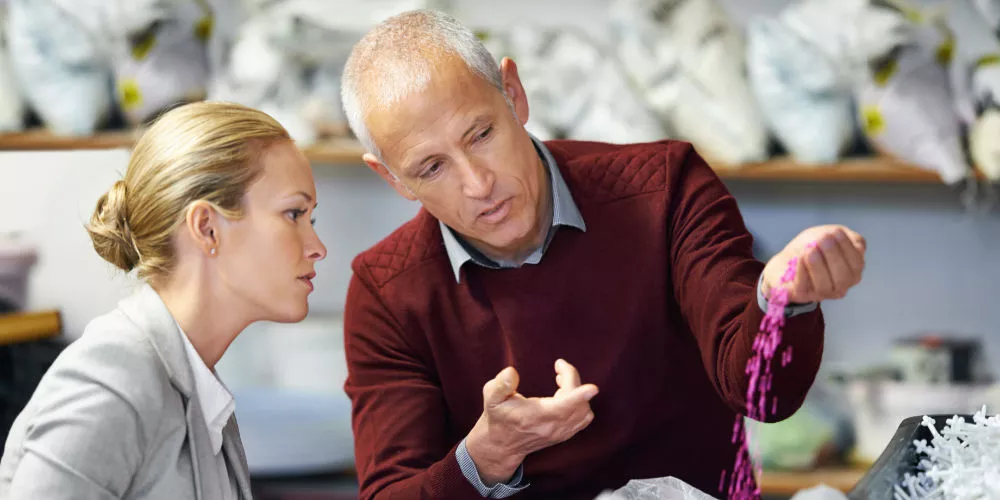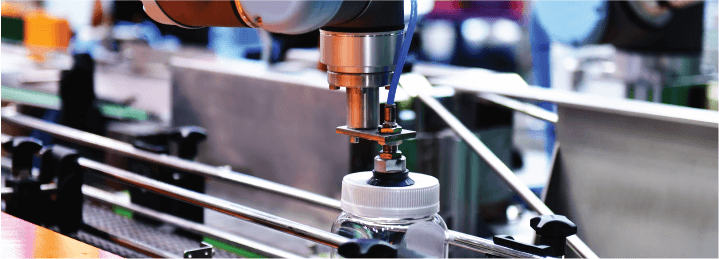The world is rapidly transforming into a plastic kingdom. Such a rise in plastic manufacturers had never seen before, and it is estimated that the production will increase further in the coming years. The plastic empires have replaced outmoded technology with the latest and growing various fields such as the medical industry, chemical industry, IT, and electronic industry.
The folks are getting comfortable with the plastic usage in their daily lives. The easy to handle, recyclable, less costly plastic items are making their life more convenient. They can carry plastic appliances anywhere without any fear of breakage.
The plastic manufacturers are striving their best in plastic innovations. Along with many European countries, Asia is also investing heavily in plastic. Through the latest technologies, plastic production has become much easy and less costly. Along with these, the latest recyclable methods, abundant raw materials, and the golden opportunity to earn high revenue are enough reasons for the new startups to invest heavily in the plastic industry. You can read more of the latest news on progress for plastic companies here.
To excel and grow as a plastic manufacturer, newcomers have issues that lead to FAQs on plastic manufacturing. We will share some FAQs on plastic manufacturing, the plastic manufacturing process and the types of manufacturing that yield optimum results.
How is Plastic Made?
The modern plastic is made through the combination of hydrogen, carbon, oxygen, and the like elements. These elements are extracted from natural materials.
The initial stage starts when two or more atoms combine to form molecules. Chemists make molecules through a chemical bond. In plastic manufacturing, the terminology “monomers” is used for molecules. These monomers, with the help of chemical bonds, unite together and make continuous chain or strands. The process is known as polymerization. The yielded material is referred to as polymers or plastic.
Why Do We Need Different Kinds of Plastics?
Each type of plastic has its application, which formulates better results if used accurately. Various kinds of plastics exist in this world that have their uniqueness and qualities. For instance, if talking about the resins, they have versatile attributes according to their application.
- Low-density polyethylene (LDPE) has the unique quality of clarity and flexibility. It is mostly used in making bottles that require high flexibility. It is also widely used in making garbage bags, shrink and stretch films, coating the milk cartons, etc.
- HDPE (high-density polyethylene) is known for its water protection properties. Due to this quality, it is used for milk, water, and juice protection. It is also well known for its chemical resistance properties. Thus, it is suited to protect household chemical containers.
- Vinyl (polyvinyl chloride, or PVC) possess the best quality to provide clarity, resistance, and cling. Due to these unique properties, it is used to package fresh meat. It can absorb the right amount of oxygen to make the stored item fresh that increases life.
What is Plastic Injection Molding?
Plastic injection molding is considered the most efficient and result-oriented technique of the present time in the plastic industry. This technique is used in formulating a wide variety of plastic in larger quantities. This technique works on melting new prototype plastic parts into very high temperatures. Due to high heat when the plastic material gets melt, it is shifted to the desirable molds. After cooling down, the cooled liquid gets the shape of the desired mold and hardens afterward. This process is easy and takes less time to produce bulks. Through this method, the market demands are meeting with a higher level of satisfaction.
What is 3D Printing?
3D printing is a widely used technique in the plastic industry. This process produces three-dimensional objects. The 3D printer has a resemblance with an Inject Printer, but it yields different results. It is an additive process in which a 3d printer uses filaments instead of ink. The filament is a gauge wire type of material coiled around the core and stuffed into the 3D printer. It depends on the manufacturer which type of material should be used for the filament. Mostly the available filaments are made up of resins, ABS plastic, or even metals and cement.
What is ISO 9001:2015?
For the standard functioning, the organizations require certifications when they find a product. These certifications approve the organizational system working according to the quality benchmarks. ISO9001:2015 is the quality management system that entails the certification. This certification shows the standard set of rules that must be followed so to document the procedures. The organization also gets liable to be audited by both internal and external bodies.
It is recommended for the newbies to get a maximum of the information before entering the plastic business. By working with established companies, they can improve their expertise. Moreover, modern businesses provide many other opportunities to use different mechanisms for information gathering to minimize the potential risk and improve the success rate.
Hope the answers above to common FAQs on plastic manufacturing have enlightened you of the plastic business.





